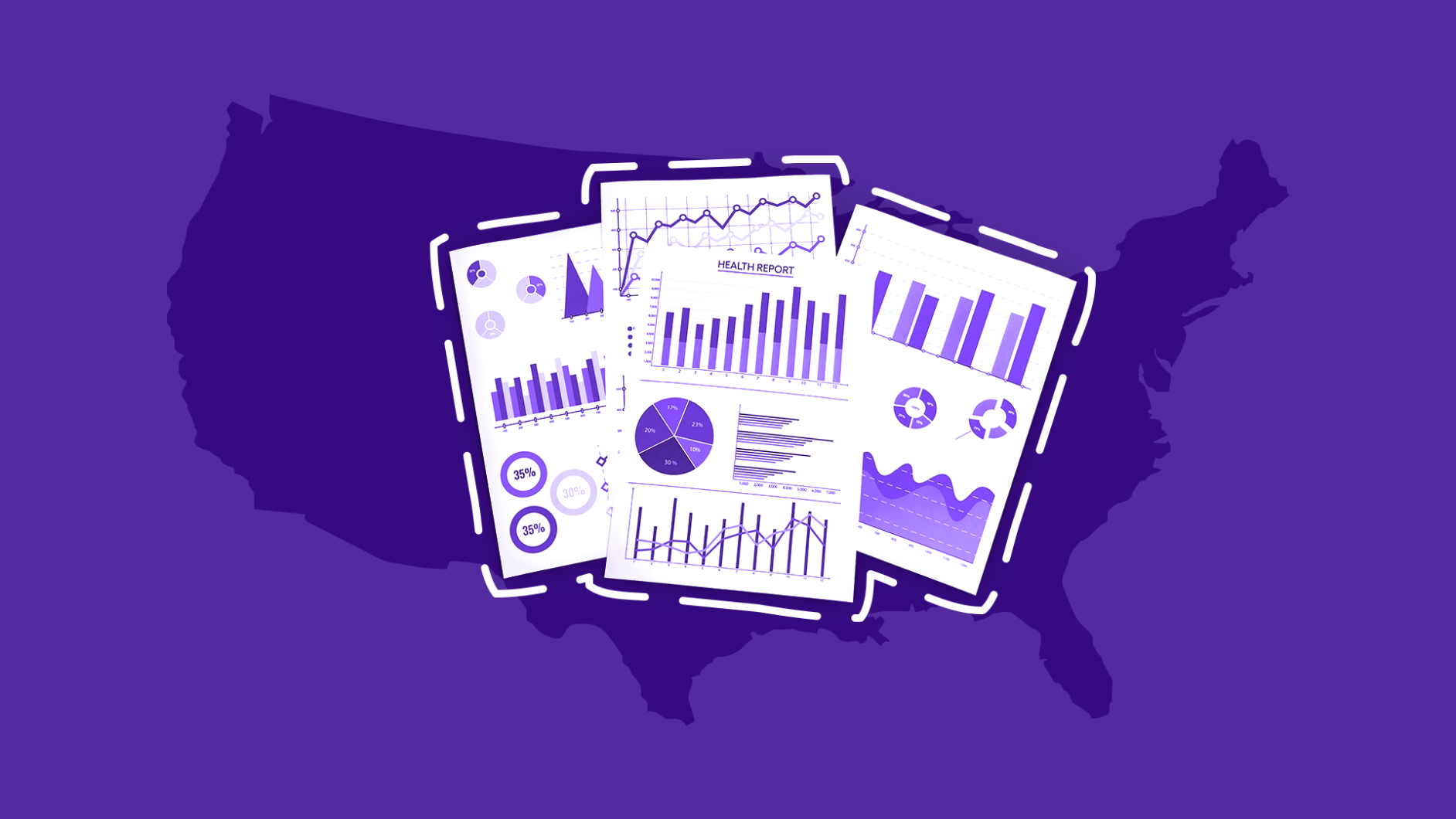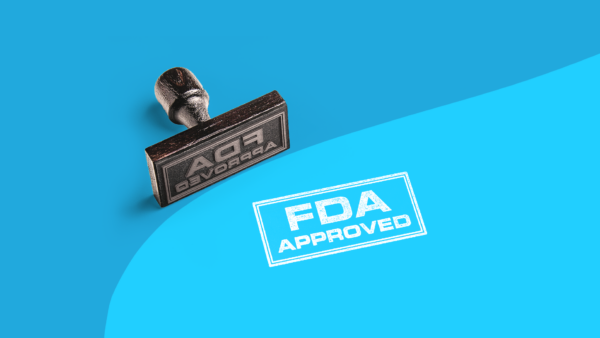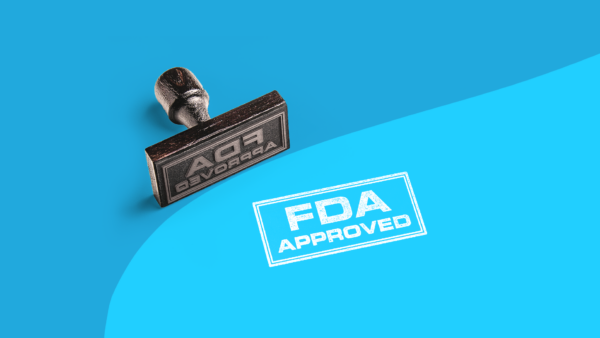What is bipolar disorder? | How common is bipolar disorder? | Bipolar disorder statistics by age | Bipolar disorder and overall health | Bipolar disorder treatment | Research
What does it feel like to have bipolar disorder? It’s a confusing mental health condition not only for the individual affected but also for their loved ones. How can someone go from being so energetic and optimistic about life one day to feeling depressed and unmotivated the next?
Bipolar disorder is a manic-depressive illness with “highs” that can last days followed by major depression that can last weeks. If you’re wondering whether these mood swings are “normal” or an indication of a mental disorder, consider whether these manic-depressive states interfere or disrupt your life or that of the people around you.
If you’ve been diagnosed with bipolar disorder, you’re not alone. These bipolar disorder statistics reveal the prevalence of the mental health disorder, how it affects one’s overall health, and the success rate of treatment.
What is bipolar disorder?
Bipolar disorder, formerly known as manic depression, is a mood disorder that causes radical shifts in mood, energy, and the ability to carry out everyday tasks. People with bipolar disorder experience periods of intense emotions and changes in behavior, called “mood episodes,” which can last days to weeks.
Depressive episodes have symptoms of a depressive disorder, causing a person to feel a strong sense of sadness with low energy and motivation. Manic episodes are the opposite—one can feel energetic, optimistic, and even euphoric—which can lead to irrational, impulsive decision-making. The type and intensity of symptoms of bipolar disorder vary from person to person.
Types of bipolar disorder
The three primary types of bipolar disorders are bipolar I disorder, bipolar II disorder, and cyclothymic disorder. Anna Hindell, LCSW-R, a psychotherapist based in New York, explains the difference between each type of bipolar disorder.
- Bipolar I: Characterized by episodes of mania that last at least seven days and may require hospitalization. Depressive episodes that follow can last up to two weeks. If these symptoms happen simultaneously, it’s called a mixed episode.
- Bipolar II: Defined by a pattern of depressive and hypomanic episodes. Hypomania is a mood elevation that increases energy, agitation, and pressured speech. The mania is not as intense as bipolar 1 but the depressive episodes are severe and may last longer.
- Cyclothymic disorder: More frequent shifts between mood swings, which is called rapid cycling. The highs are consistent with hypomania symptoms and the lows are mild to moderate depression. “With cyclothymia, the ups and downs are more frequent and can have these swings for a longer period of time, diagnostically two years,” says Hindell.
“When they are in the manic stage being around them can be rather exhausting,” says David Ezell, LMHC, the CEO and founder of Darien Wellness. “They tend to have endless energy, set a vast number of goals, and have beliefs about themselves that aren’t true or are even impossible for humans to achieve.”
“Conversely, when they are experiencing the depressive side of their mood they essentially become the opposite with regard to mood. They don’t want to do anything, they tend to disengage from people and become fairly lifeless. As a result, people withdraw from them,” says Ezell.
How common is bipolar disorder?
- Globally, 46 million people around the world have bipolar disorder. (Our World in Data, 2018)
- One survey of 11 countries found the lifetime prevalence of bipolar disorder was 2.4%. The U.S. had a 1% prevalence of bipolar type I, which was notably higher than many other countries in this survey. (Therapeutic Advances in Psychopharmacology, 2018)
- Annually, an estimated 2.8% of U.S. adults have a bipolar disorder diagnosis (Harvard Medical School, 2007).
- Of all mood disorders, those with a diagnosis of bipolar disorder were found to have the highest likelihood of being classified with “severe” impairment (82.9%). (Archives of General Psychiatry, 2005)
- The past-year prevalence of bipolar disorder is similar in females and males (2.8% and 2.9%, respectively). (National Institute of Mental Health, 2017)
Bipolar disorder statistics by age
- The average age of onset is 25 years old. (National Alliance on Mental Illness, 2017)
- People ages 18 to 29 years old had the highest rates of bipolar disorder (4.7%) followed by 30- to 44-year-olds (3.5%) as of 2001-2003. (Harvard Medical School, 2007)
- People 60 and older had the lowest rates of bipolar disorder (0.7%) as of 2001-2003. (Harvard Medical School, 2007)
- Only 2.9% of adolescents had bipolar disorder as of 2001-2004, the majority of which had severe impairment. (Archives of General Psychiatry, 2005)
Bipolar disorder and overall health
- On average, bipolar disorder results in 9.2 years reduction in expected life span (National Institute of Mental Health, 2017).
- The risk of suicide is high in people with bipolar disorder with 15% to 17% committing suicide. (Treatment Advocacy Center)
- Up to 60% of people with any mental health disorder, including bipolar disorder, develop substance use disorders. (WebMD, 2006)
- Of those with bipolar disorder, many report co-occurring health conditions, which are most commonly migraine, asthma, and high cholesterol. High blood pressure, thyroid disease, and osteoarthritis were also identified as high probability co-occurring health problems. (The British Journal of Psychiatry, 2014)
Treating bipolar disorder
Unfortunately, bipolar disorder is left untreated in half of the diagnosed individuals in any given year. Although there is no cure, Ezell says that the optimal treatment plan for bipolar disorder is a combination of medication and cognitive-behavioral therapy.
“The medication allows the client to experience a more stable mood and see things more clearly,” says Ezell. “When they are able to have a more stable emotional experience they are more open to starting and sticking with therapy. The therapy helps them understand their thoughts and begin to differentiate between accurate thoughts as opposed to thoughts that are generated by their condition.”
“Once treated with medication, usually mood stabilizers, and perhaps an anti-depressant for bipolar type 2, people can be high functioning in the world,” says Hindell. “Many people with a bipolar diagnosis hold regular jobs, are parents, are successful, and live normal lives. That being said, medication is usually needed to control the mood dysregulation. Psychotherapy is needed to help gain insights into one’s patterns, moods, gaining awareness of when one becomes symptomatic.”
Sources
- International Bipolar Foundation
- Mental health, Our World in Data
- Epidemiology and risk factors for bipolar disorder, Therapeutic Advances in Psychopharmacology
- Bipolar disorder statistics, Depression and Bipolar Support Alliance
- Overview of bipolar disorder, National Institute of Mental Health
- About bipolar disorder, National Alliance on Mental Illness
- National Comorbidity Study Replication (NCS-R), Harvard
- National Comorbidity Survey Adolescent Supplement (NCS-A), Archives of General Psychiatry
- Bipolar disorder fact sheet, Treatment Advocacy Center
- Comorbid medical illness in bipolar disorder, The British Journal of Psychiatry
- Mental illness and substance abuse, WebMD











